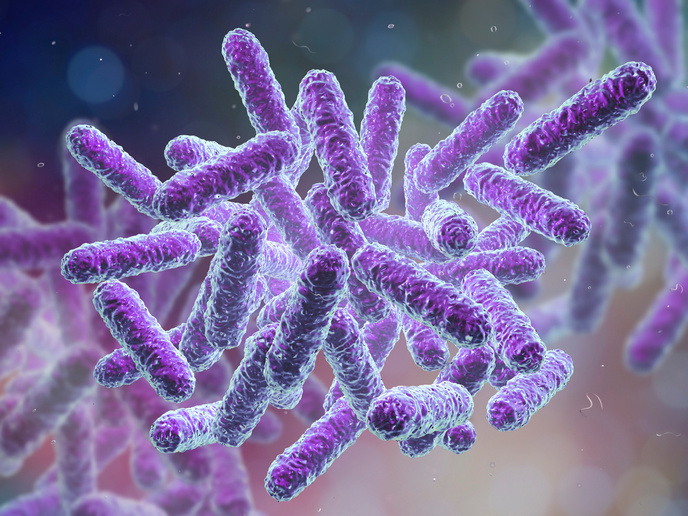Irradiation of the tumour vascular network
Tumour growth and metabolism as well as metastasis and response to therapy largely depend on the tumour microenvironment. In particular, tumour hypoxia has been linked to poorer outcomes after radiotherapy. Radiation has the potential to alter tumour angiogenesis and perfusion but this process is poorly understood. Furthermore, achieving tumour hypoxia reduction and improving patient outcomes are still a matter of uncertainty as responses to radiotherapy and drugs vary. Scientists of the TUMOUR BLOOD VESSELS (Radiation and tumour blood vessels) project have determined how the vascular system responds to radiation using video microscopy. Their goal was to improve the efficacy of radiotherapy alone or in combination with targeted drugs. Researchers developed a transgenic mouse model and imaged their fluorescently labelled tumour vasculature. The resulting 3D tumour model provided novel insight on factors affecting progression of angiogenesis. They also visualised sprouting and intussusception of blood vessels. Intussusception is where a vessel folds into another and causes obstruction. The use of perfusion dyes with the 3D model revealed the functional linkages between the tumour vasculature. Project members also developed in-house software to better image sprout formation and tips and also quantify the tumour vascular network. Through this software, they were able to study how radiation impacts tumour vasculature. They then assessed the effect of different angiogenesis inhibitors on sprouting behaviour. The TUMOUR BLOOD VESSELS study has produced new data on tumour vasculature response to radiation therapy as well as vascular targeted therapies. These findings should help in optimising radiation and vascular-targeted drug dosage regimens to efficiently and permanently eradicate tumours. This has significant implications in the clinical management of cancer patients.







